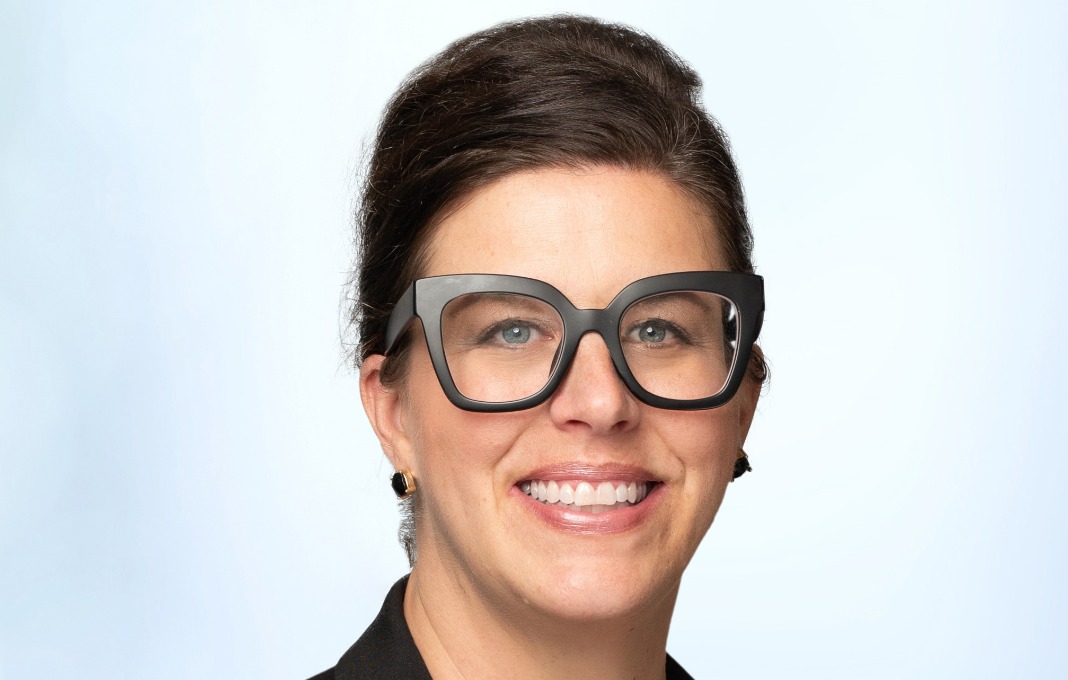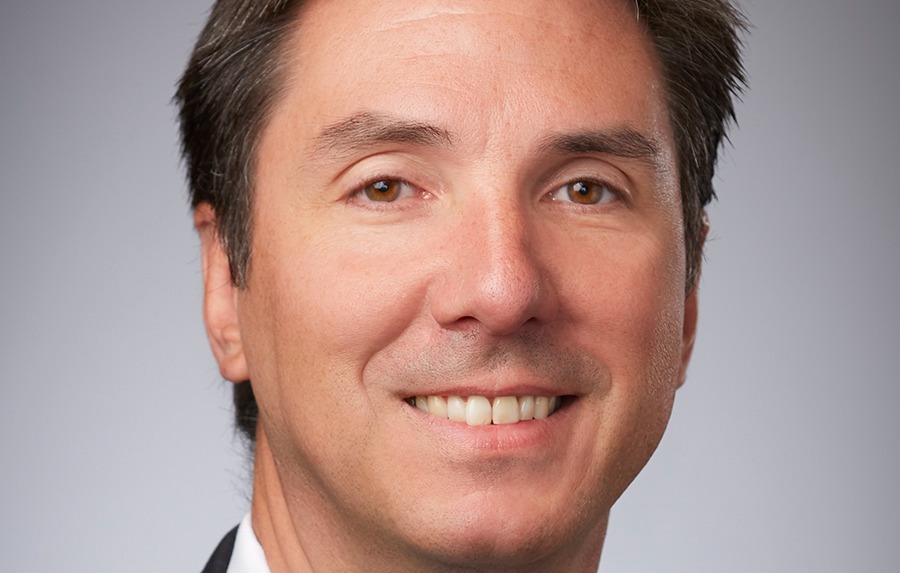How can HR leaders best shepherd talent as the workplace becomes more “borderless?”
Courtney Townsend, chief people officer at Duck Creek Technologies, a Boston-based provider of core system solutions to the property and casualty insurance industry, spoke with StrategicCHRO360 about how she’s handling her company’s evolving workplace, why DEI matters to Gen Z and the importance of “allyships.”
As the workplace becomes even more “borderless,” what should companies do to maximize collaboration, communication and engagement among employees?
Building connections at a workplace humanizes the employee experience. The most collaborative environments are places where employees feel seen, heard and safe to share their thoughts—whether in-person or virtually. This means encouraging employees to be compassionate and supportive of one another, building “allyships” so each employee feels empowered and inspired to do their best work.
For employees with customer-facing roles, an increased level of empowerment leads to an increased level of engagement—both internally and externally, so they can better serve their customers and build stronger relationships with critical stakeholders.
With Gen Z entering the workforce, how have their needs reshaped the workplace?
As Gen Z gains more stake in the workforce, purpose-driven practices will continue to take hold and become a critical component of business. Organizations that choose to look intrinsically and identify the true purpose behind their work will find like-minded talent turns their way.
Additionally, Gen Z is the most racially and ethnically diverse generation of workers, and these candidates think of diversity as a core requirement. To them, DE&I is more than age, gender and race—it’s about how different backgrounds and diverse points of views are accepted and valued. Organizations that allow individuals and groups to be heard and empowered will win the competition for great talent. Without a doubt, upholding DE&I practices are at the forefront of these efforts.
What steps can companies take to build diverse and inclusive work environments?
DE&I initiatives should be incorporated into every part of the business. Leaders need to make a conscious effort to inspire employees and drive company culture by “walking the walk.” Candidates are drawn to companies with true executive-level and corporate “believe-in.”
One way to build a diverse and inclusive work environment is to embrace the power of employee resource groups. These programs are an invaluable resource for employees of all backgrounds and identities as they continue to build their careers, feeling the support from their “allies.” Additionally, ERGs—with sponsorships from C-Suite and executive leaders—help advance work policies and processes that improve equity and inclusion.
What should HR leaders focus on in 2023 as the world of work continues to transform?
A company’s most valuable asset is its people. As the world of work continues to evolve, HR leaders must help companies regularly reevaluate their hiring and internal processes. These processes are only successful when companies foster programs that empower their employees professionally and personally and allow them to pursue their passion and purpose. The Gen Z growing workforce and their needs are a testament to this shift. Only in this way can companies attract and retain candidates of the highest caliber.








